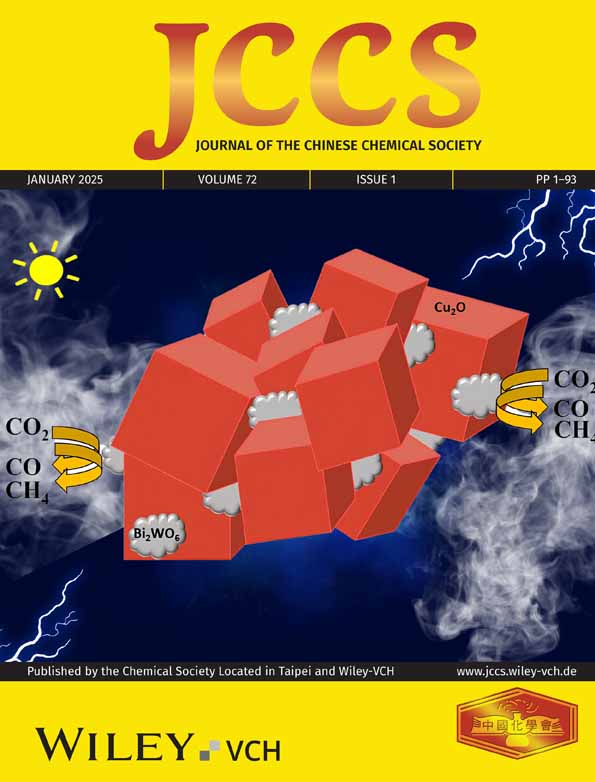Adsorption-photocatalysis for methylene blue dye removal by novel Fe-MOFs through defect engineering
Abstract
In recent years, metal–organic frameworks (MOFs) have attracted much attention in environmental pollution control. However, most MOFs still have problems such as low utilization of visible light and easy recombination of photogenerated electrons and holes. In this study, novel defective Fe-MOFs with appropriate structural defects were prepared by solvothermal method and used to remove methylene blue (MB) in aqueous phase through adsorption and photocatalysis. Defective Fe-MOFs have Fe content as high as 10.31% with specific surface area of 40.95 m2/g, which is beneficial for both dye adsorption and photocatalytic process. Defective Fe-MOFs have spindle-like structures with sizes ranging from 40 nm to 100 nm and an average size of 69.1 nm, as well as some irregularly shaped nanoparticles. Irregular stacking of these two kinds of structure makes Fe-MOFs appropriate structural defects, large specific surface area, and mesoporous structure. Kinetics and isotherms of dye adsorption process are consistent with pseudo-first-order kinetic model and Freundlich isotherm model, respectively. Defective Fe-MOFs can absorb MB dye rapidly, reaching adsorption equilibrium within 60 min. Dye adsorption process is endothermic, spontaneous, and entropy-increasing process. After 180 min visible light illumination, dye photocatalytic efficiency of the defective Fe-MOFs reaches 97.56% in the condition of MB concentration as high as 30 mg/L. Consequently, defective Fe-MOFs with appropriate structural defects, porous structure, high Fe-O content, and strong electron-donating amino groups have huge potential applications in removing organic dyes from the aqueous solution by a green and environmentally friendly way due to their high dye adsorption and dye photocatalytic activity.
CONFLICT OF INTEREST STATEMENT
The authors declare that they have no known competing financial interests or personal relationships that could have appeared to influence the work reported in this paper.
Open Research
DATA AVAILABILITY STATEMENT
The data that support the findings of this study are available on request from the corresponding author. The data are not publicly available due to privacy or ethical restrictions.




